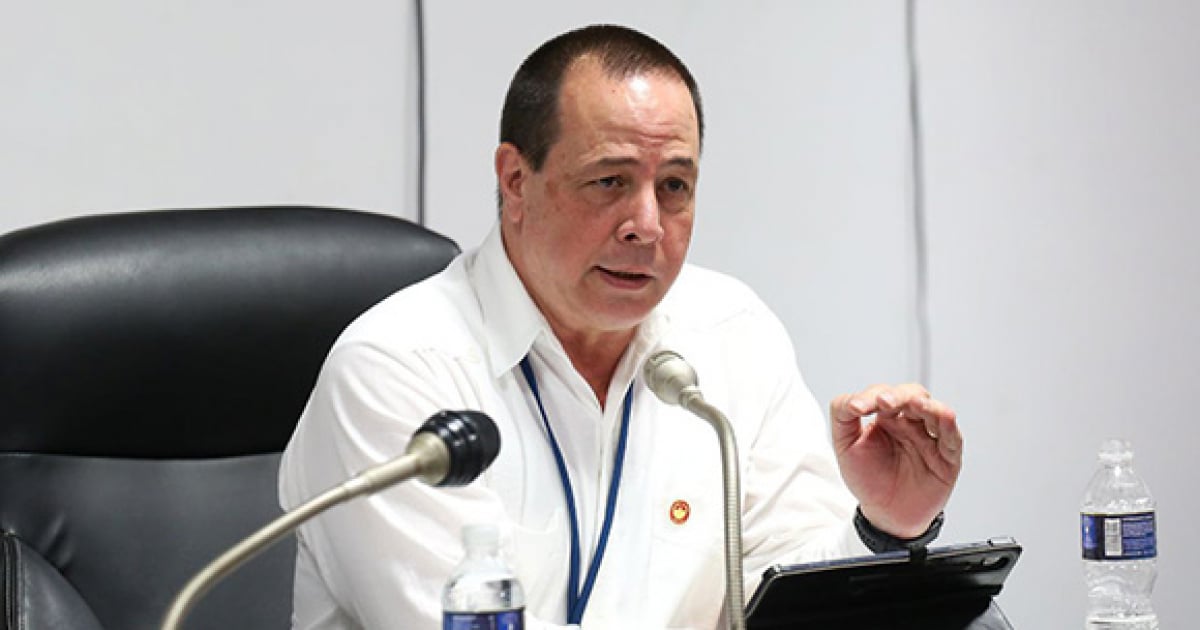Cuba's Minister of Public Health, José Ángel Portal Miranda, acknowledged on Monday before the National Assembly that the island's healthcare system is experiencing an unprecedented structural crisis. This turmoil is characterized by a mere 30% coverage of essential medications and a widespread decline in medical services.
In his address, he attempted to justify the healthcare sector's limitations with a stark statement: “These issues will not be resolved immediately, but we reaffirm our commitment to seeking solutions and optimizing available resources, provided that financing permits.”
During his appearance before the Parliament's Health and Sports Commission, Portal Miranda painted a bleak picture of the sector, highlighting chronic shortages of medical supplies, organizational failures, professional exodus, illegal sale of hospital services, and rising maternal and infant mortality rates.
Despite the dedicated efforts of healthcare personnel, the MINSAP head conceded that the public's "justified dissatisfaction" remains, without offering a timeline for potential improvements in services. His focus was on attributing the crisis to the U.S. "blockade," steering clear of any self-critique regarding internal inefficiencies, administrative errors, or lack of transparency in the management of the public health system.
Alarming Shortage of Medicines and Resources
One of the most distressing revelations was the low availability of medications in pharmacies, only reaching 32%, intensifying the desperation of millions of Cubans. Portal Miranda admitted that access to antibiotics and basic materials now solely relies on foreign currency income generated by the commercialization of medical services.
Healthcare Services Tied to State Budget
The most revealing comment from the MINSAP leader was his assertion that the fulfillment of the healthcare system's objectives will depend on available financing. This is a tacit acknowledgment that public health in Cuba is no longer a guaranteed right, but a service contingent on the availability of foreign currency.
Portal Miranda also shared that only 70% of elderly care home capacities have been certified, as the infant mortality rate increased to 8.2 per thousand live births, up from 7.4 the previous year. Maternal mortality has also surged, reaching 56.3 deaths per 100,000 births, a concerning rise compared to the previous year.
The minister assured that MINSAP has outlined 13 strategic actions with 33 goals and performance indicators, yet admitted that not all will yield immediate outcomes. Meanwhile, citizens continue to face a collapsed healthcare system, with hospitals lacking resources, overburdened staff, and medicines becoming luxury items.
Portal Miranda emphasized that the system's recovery hinges not on political will but on external financing the country can secure. In Cuba, health today is governed by the market rather than equity, contrary to longstanding proclamations.
Meanwhile, Manuel Marrero reiterated on Monday that tourism is and will remain the prioritized sector, as the government hopes that one day this industry will become the driving force of the Cuban economy.
Questions About Cuba's Healthcare Crisis
What is the current medication availability in Cuban pharmacies?
Currently, medication availability in Cuban pharmacies is at a low 32%, exacerbating the plight of many Cubans seeking essential medicines.
How has the infant mortality rate changed in Cuba?
The infant mortality rate in Cuba has risen to 8.2 per thousand live births, compared to 7.4 from the previous year.
What is the impact of the U.S. 'blockade' on Cuba's healthcare system?
The Cuban government attributes the healthcare crisis largely to the U.S. 'blockade,' although internal inefficiencies and management issues also play a significant role.
